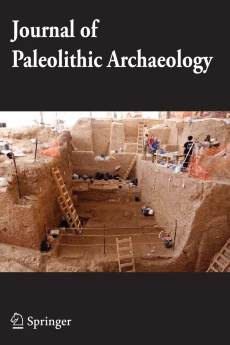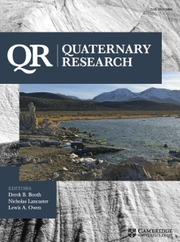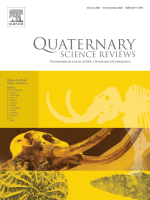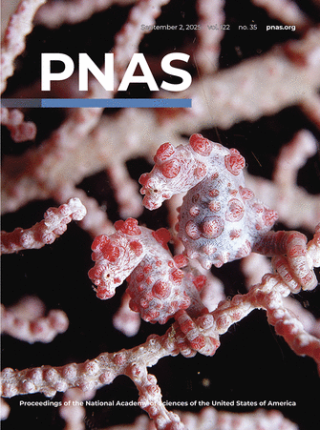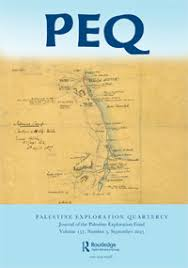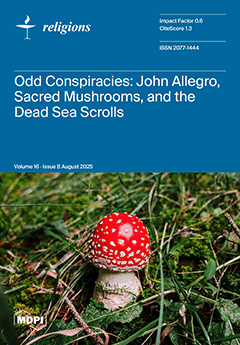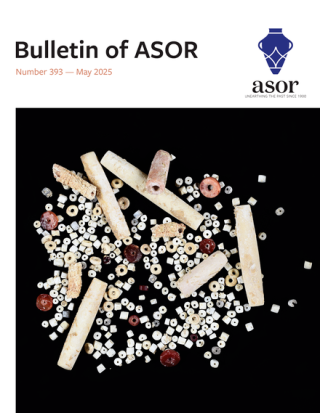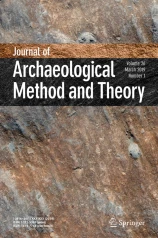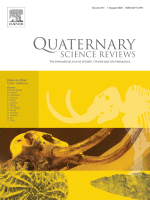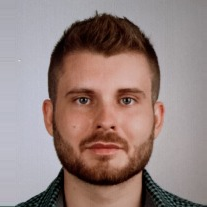-
13 Sep 2025 • Journal Article • Journal of Paleolithic Archaeology
Identifying a Knapping Signature for Lower Paleolithic Spheroid Reduction
AbstractSpheroids are Lower Paleolithic stone tools documented in African and Eurasian archeological sites ascribed to the later Oldowan and Acheulian cultural complexes. While reported since the 1960s, there is disagreement about how they were made, or whether their morphology resulted from non-intentional processes related to flake production or percussive activities
… show more -
5 Sep 2025 • Journal Article • Quaternary Research
The giant hyena Pachycrocuta brevirostris (Carnivora, Hyaenidae) from the Early Pleistocene of Central Asia (Zasukhino-3 and Nalaikha), with insights on the dental evolution of crocutoid hyenas
AbstractMandibular and dental material of hyaenids from the Central Asian localities of Zasukhino-3 (Russia) and Nalaikha (Mongolia), dating to the late Early Pleistocene (0.9–0.78 Ma) was identified as giant hyena Pachycrocuta brevirostris based on morphological and size similarities. Comparative analysis of Eurasian P. brevirostris from different stratigraphic levels (from
… show more -
4 Sep 2025 • Journal Article • Quaternary Science Reviews
The genesis and environmental context of hypogene-sourced terrestrial carbonates of the middle Pleistocene in Vedi, Ararat Depression
AbstractThe Ararat Depression (Armenia), situated between the southern Caucasus and northern Mesopotamia, holds substantial archaeological Middle Paleolithic sites. However, as paleoclimate archives are scarce in the region, the climatic history is not well constrained. To reconstruct the local paleoclimatic conditions in the past, we studied a ∼30 m-thick sequence of
… show more -
2 Sep 2025 • Journal Article • Proceedings of the National Academy of Sciences
Candidate Denisovan fossils identified through gene regulatory phenotyping
AbstractDenisovans are an extinct group of humans whose morphology is mostly unknown. The scarcity of verified Denisovan fossils makes it challenging to study their anatomy, and how well they were adapted to their environment. We previously developed a genetic phenotyping approach to gain insight into Denisovan anatomy by detecting gene regulatory changes that likely altered
… show more -
29 Aug 2025 • Journal Article • Palestine Exploration Quarterly
Cenotaph Hill: An unknown ‘mound’ in the En-Gedi Oasis
AbstractDespite extensive archaeological explorations in En-Gedi, the largest oasis along the western shore of the Dead Sea, over the past seven decades, a significant component of its settlement landscape has so far gone unnoticed. This component, referred to in this article as Cenotaph Hill, is located in the northern part of the oasis plain, somewhat removed from the nucleus
… show more -
20 Aug 2025 • Journal Article • Religions
Babylonian-Inspired Biblical Features and the Yahwistic Exilic History
AbstractThe framing of the Hebrew Bible in the Mesopotamian–Babylonian landscape is evident in two of its central themes. First, Abraham, the forefather of the Hebrews, is presented as a native of Ur in south Mesopotamia, whence he left for Harran and then reached the Promised Land. Second is the exile of the Judahite elites to Babylonia, and the later return of some of them
… show more -
14 Aug 2025 • Journal Article • Bulletin of the American Society of Overseas Research
Unveiling the Obscure: Exploring the Function and Meaning of Levantine Shrine Models through an Ethnoarchaeological Lens
AbstractThis article examines pottery vessels commonly referred to as “shrine models” or “portable shrines,” which were found throughout the Bronze and Iron Age Levant. While these vessels are often recognized for their significant religious importance, their exact functions and meanings remain unclear to modern scholars. This study aims to offer new insights into these questions
… show more -
6 Aug 2025 • Journal Article • Journal of Archaeological Method and Theory
Imposed Form in the Early Acheulean? Evidence from Gona, Afar, Ethiopia
AbstractThe appearance of “large cutting tools” in the early Acheulean is widely regarded as the first evidence for the imposition of intended forms on artifacts, with major implications for hominin cognitive and cultural capacities. However, the nature and extent of explicit design documented by these forms remains open to debate. To address this issue, we analyzed the complete
… show more -
1 Aug 2025 • Journal Article • Quaternary Science Reviews
Unravelling the formation processes and depositional histories of the Middle Palaeolithic Ararat-1 Cave, Armenia: A multiscalar and multiproxy geoarchaeological approach
AbstractThe sedimentary sequence of Ararat-1 Cave encapsulates an intricate depositional archive (Marine Isotope Stage 3), crucial for our understanding of the Middle Palaeolithic in the Armenian Highlands and beyond. The study of this record is accomplished through the use of a multi-proxy geoarchaeological framework of analysis, incorporating stratigraphical, micromorphological
… show more -
Aug 2025 • Journal Article • 'Atiqot / עתיקות
The Development of Tin Bronze in the Southern Levant during the Bronze Age
AbstractThe paper surveys the development of the use of tin bronze in the Southern Levant, outlining its emergence in the late Early Bronze Age until its eventual predominance in the Late Bronze Age. As there are no tin or arsenical copper sources in the region, the paper discusses the potential sources based on archaeological and textual evidence, including recent analytical
… show more
